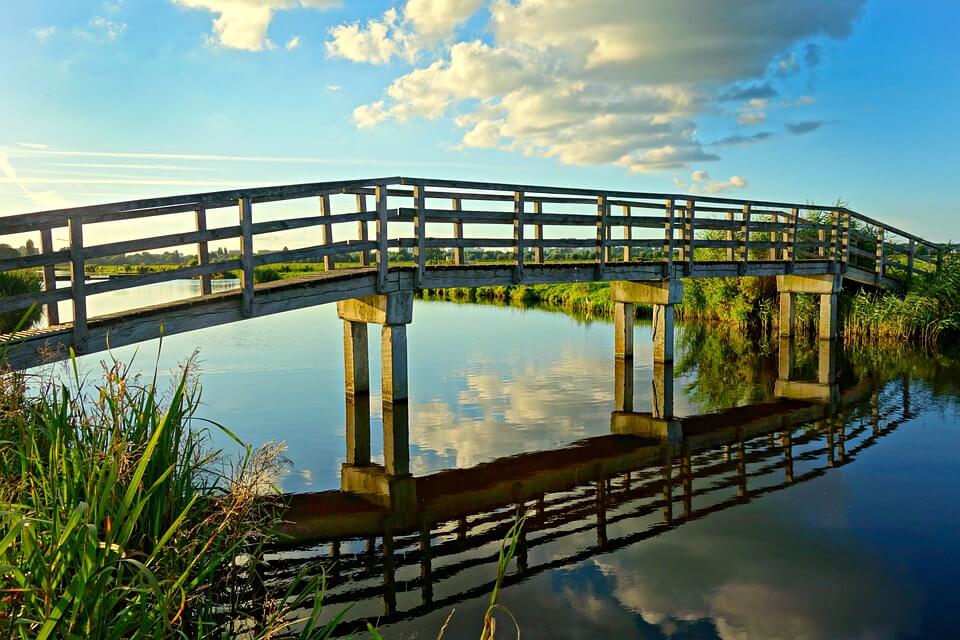How to Avoid Flooding From Waterways and Rivers

Floods are on the increase as a consequence of global warming but also because of poorly maintained waterways. Water damage to homes and businesses can be devastating as a result of flooding. However, there are solutions that minimize the risk of floods from rivers and waterways which are easy to implement and can set in place a maintenance program. Read on for just a few practical ideas on ways to avoid a flood.
Protect Wetland Areas
Natural wetland areas are a haven for wildlife but also prevent flooding by absorbing high levels of water. By protecting these areas such as not building on the land and using floating pontoons instead of concrete, flooding can be prevented. Planting treesin strategic areas to create woodland is another natural way of removing excess water from rivers and waterways. Poor soil management also leads to flooding. Encourage farmers and gardeners in the area to have well-drained soil, which can then absorb a large amount of water.
Call in an Expert
Pondweed, aquatic pests and vegetation clog rivers and waterways fast. Keeping the water pest-free is a challenge, but there’s a solution that is safe and easy to implement. Experts can both assess and advise, and have access to optimal equipment and safe chemicals to deal with a waterway efficiently and effectively. Examples include high-volume spray trucks that work from the riverbanks and piers to clear water hyacinth, duckweed and other pests. These experts have the right equipment to hand and do a professional job and in less time than an amateur attempt. Choose a company that uses eco-friendly pest control to avoid polluting the water.
Get to the Difficult Places
Sometimes rivers get congested in places that conventional boats can’t get to, and this causes flooding in other areas. Some pest control companies have air boats, which get to the places that other boats cannot. Equipped with booms and long-throw type spray guns, these companies ensure you get the job done thoroughly. This type of job suits alligator weed and water lettuce, which can be difficult to clear. These experts use safe chemicals too so the environment is protected. Other types of gear for the hard-to-reach places include flat-bottomed boats and log skidders, which help wetland areas and focus on vegetation such as willow trees and hydrilla.
Build a Detention Basin
Some rivers still get problems with flooding no matter how well they are maintained. By building a detention area off the water course, excess flood water can drain there instead of near homes and property when the rains are heavy. Having a detention area built near a road that is known to flood is a good way of keeping areas accessible during a rainy season.
Cut the Trash
Plastics, wrappers and old metal clog drainage systems fast and impact the rivers and waterways. Trash thrown in a river is dangerous for those navigating the waterways and harms wildlife. Discourage the public from throwing debris into the river by having bins available. Education programs on the impact of trash to waterways and wildlife are effective in preventing waste buildup that leads to flooding. Signage near a waterway raises awareness of the problem.
By taking steps to plan the maintenance program for a waterway, using experts and implementing preventive measures, flooding can be avoided.